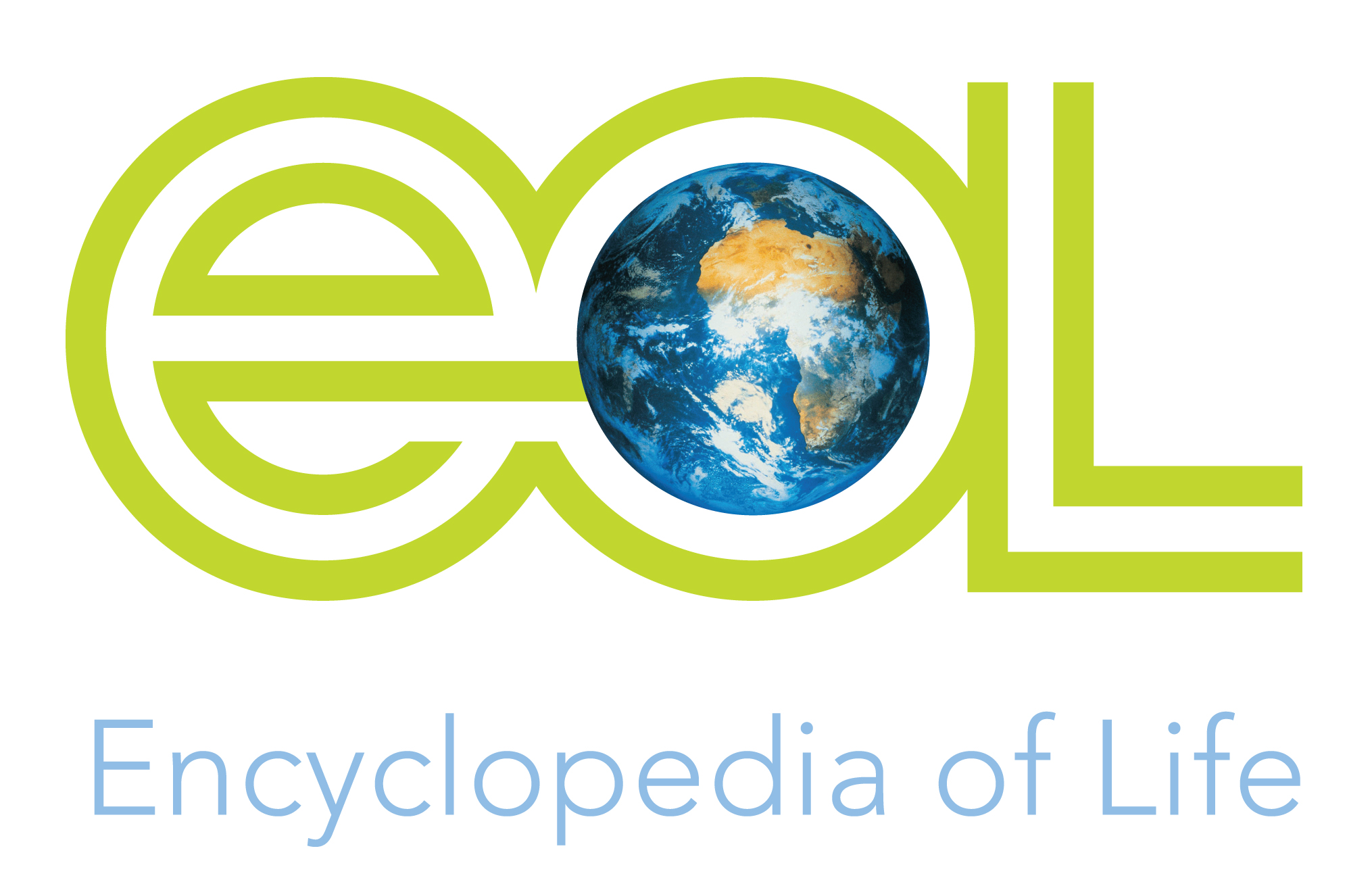habitat_narrative
Marine
Pachymetopon grande is a highly resident species (Cowley 1999, Cowley et al. 2002, ORI Tagging project unpublished data) that inhabits shallow intertidal rocky shores and reefs to 25 m depth (Beckley and Buxton 1989, Buxton and Clarke 1992, Mann et al. 2006). Juveniles of this species inhabit subtidal gullies and shallow subtidal reefs <10 m (Beckley and Buxton 1989, Smale and Buxton 1989, Buxton and Clarke 1992, Heemstra and Heemstra 2004, Mann et al. 2006). This species is an omnivorous browser that feeds on algae and small invertebrates (Smith and Heemstra 1991, King and Fraser 2002), while juveniles have a similar diet but also feed on small crustaceans, including amphipods, which comprise a major component of the juvenile diet (Clarke 1988, Buxton and Clarke 1992).
Pachymetopon grande is a slow growing species that can reach an age in excess of 38 years (Buxton and Clarke 1992) and has a maximum recorded length of 74 cm TL (Booth and Attwood 2000). The maximum recorded weight for this species is 5.4 kg (SAUFF 2012).
Reproduction
Pachymetopon grande is a late gonochorist, rudimentary hermaphrodite (Buxton and Garratt 1990, Buxton and Clarke 1992) with 50% maturity attained at around 5.5 years of age for both sexes and a length of 30 cm FL (Buxton and Clarke 1992). This species has a restricted breeding season between January and June in the Eastern Cape while spawning in KwaZulu-Natal takes place in winter (Connell 2012). Pachymetopon grande probably spawns in groups and spawning may take place in the early morning and evening (Connell 2012). Spawning probably occurs throughout the species' distribution inside the 30 m depth contour (Buxton and Clarke 1992, Mann et al. 2006, Connell 2012). This species exhibits characteristics that suggests group spawning; however, this is not confirmed (Buxton and Clarke 1992)Generation length for P. grande is estimated to be 11 years, using the following equation for a gonochoristic fish species: Generation length = Σxlxmx/Σlxmx

